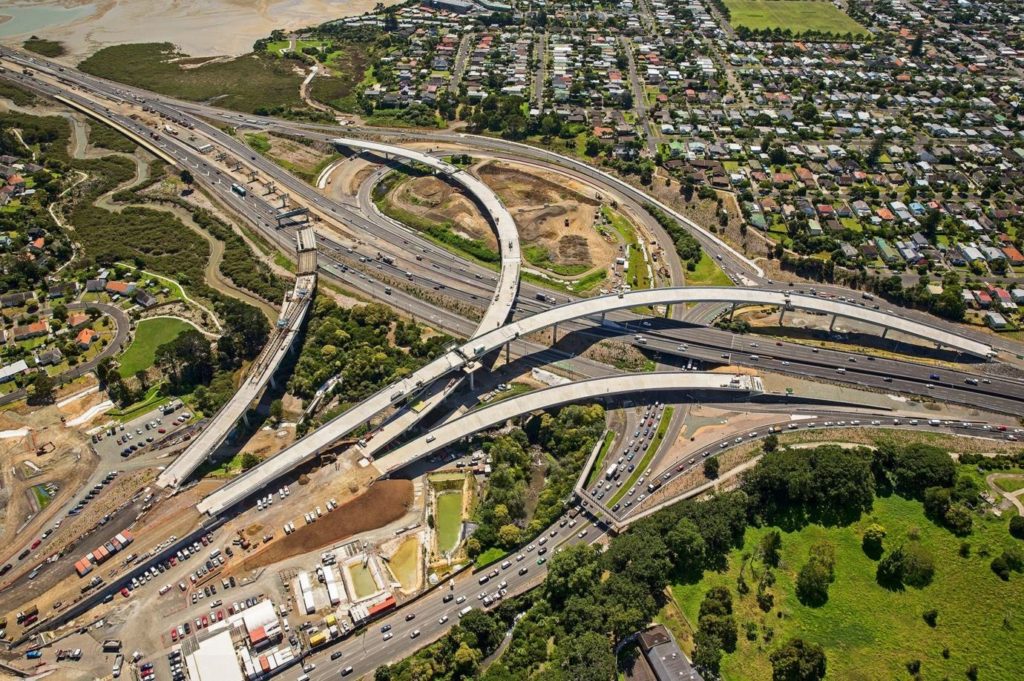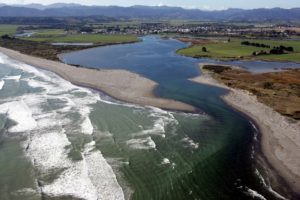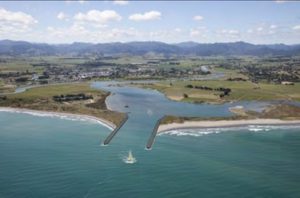From mid-year, Nigel Griffith has worked with the Auckland Motorways Alliance to develop the New Zealand Transport Agency (Waterview Tunnels) Bylaw, 2016. The tunnels on State Highways 20 and 16, form an integral part of the Western Ring Route motorway system, expected to be opened to traffic by Easter, 2017. The purpose of the Bylaw is to control dangerous goods transportation through, and to regulate activity in, the tunnels. The total length of state highway that the bylaw will apply to is just over five kilometers long.
The Waterview Tunnels project consists of three construction zones:
- Southern zone – surface works from the tunnels’ southern portals to State Highway 20;
- Tunnel zone – underground works to build twin 2.4 kilometer, three-lane tunnels;
- Northern zone – surface works from the tunnels’ northern portals to State Highway 16, including the Great North Road Interchange. The tunnels have an internal diameter of 13.1 meters, a maximum vertical grade of five degrees and a minimum radius of 1,500 meters.
The Bylaw applies to State Highways 20 and 16 as follows:
- For the northbound lanes, from the Maioro Street Interchange on State Highway 20 including the on-ramp, through the Waterview Tunnel including the State Highway 16 on-ramps;
- For the southbound lanes, from the start of each of the two State Highway 20 on-ramps from State Highway 16 onto State Highway 20, through the Waterview Tunnel to the Maioro Street Interchange.
Prior to reporting the Bylaw proposal through the required the Agency approval procedures, Resolve Group carried out the necessary consultation with stakeholders. The Bylaw has now been through the complete Agency approval process and has been submitted to the New Zealand Gazette for publication. Following the statutory 28-day period of notice in the Gazette, the New Zealand Transport Agency (Waterview Tunnels) Bylaw 2016 legally came into force on 1 December 2016. It will not be effectively enforceable, however, until the Western Ring Route is open to traffic in early 2017.







